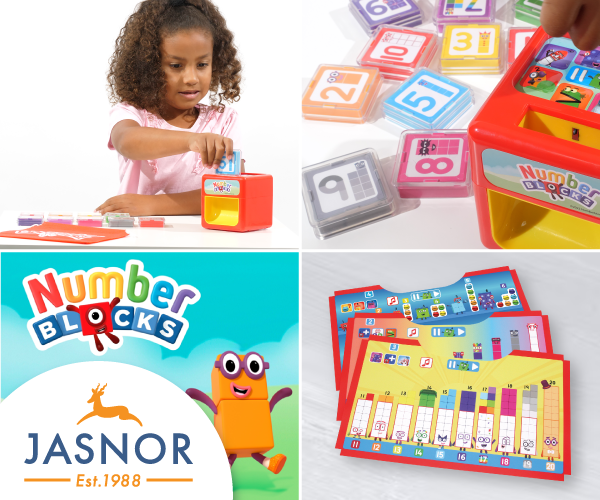Dan Amos is Head of New Media of Tinderbox, the dedicated digital division of leading global brand extension agency, Beanstalk.
A couple of weeks ago, specialist video games retailer, GameStop, announced its not so optimistic 2014 fourth-quarter financial results, revealing a 5.6% revenue decrease compared to the same period in 2013(1). With a business model primarily relying on bricks and mortar, the company is now facing difficulties similar to those of many a retailer before them: declining traffic due to the aggressive expansion and ever-growing popularity of e-commerce successes such as Amazon. The online marketplace giant has gone from mainly being associated with books to stocking tens of millions of products across a wide array of categories, video games included, reaching a total of 270 million active user accounts by the end of 2014(2).
From a consumer’s point of view, the growing popularity of online retailers is completely understandable: they offer a quick, convenient, and sometimes also cheaper, route to just-released products, often under the same (non-existent) roof. In addition, the never-ending rise of mobile internet browsing indicates that we are not only shopping with the help of our laptops – we go on spending sprees using our smartphones too! And the video games industry, despite being digital by default, is by no means immune to technological developments, forcing it to explore alternative launch and delivery methods that better correspond with changes in consumer behaviour.
To some extent, it is fair to say that it all started with the launch of the Apple’s app store back in 2008, which brought with it a flurry of super fun, easy access, inexpensive mobile games. Despite their often indisputable inferiority in terms of quality and content, these small screen phenomena spurred consumers’ interest in downloadable delivery systems, soon forcing established video games giants to explore alternative distribution methods as well. Today, the majority of big console vendors offer options for digital game delivery and a significant number of games are launching as “free-to-play,” granting players access to a significant portion of their content completely free of charge. As someone who has spent much of his career in licensing, I can’t help at wonder what impact this will have on the launch for physical, game related, products going forward.
Traditionally, licensed video games merchandise would be sold through speciality retailers like GameStop, always displayed in close proximity to the titles on which they were based. The physical placement of product in-store, as well as signage and promotional material, made it straightforward and easy to bring customers’ attention back to the game.
Nowadays, when the majority of titles are downloadable online, savvy retailers will have to find alternative ways to encourage bricks and mortar visits. For example, GameStop is currently exploring several innovative initiatives, one of which involves using virtual reality to bring video game characters, from titles such as Disney Infinity, LEGO, and Watch Dogs, to life in-store. The company is also considering the introduction of 4K TV displays, showcasing game trailers and other original content, as well as social media applications for a truly immersive and customisable shopping experience.(3)
It is important to note that retailers are not the only ones affected by the changing nature of video games distribution channels. Manufacturers of licensed goods will have to present bricks and mortar buyers with new and innovative incentives to stock their merchandise, as gaming enthusiasts might no longer be purchasing their favourite title in-store. For example, some companies choose to incorporate redeemable content codes on product, unlocking exclusive features or additional content in-game. Overall, a successful licensed range should always aim at bringing audiences back to the core – in this case, enticing those who buy products to also purchase and play the game.
Will the digitization of delivery channels make specialist video games stores obsolete? Despite technological developments and changing consumer behaviours, I find it difficult to imagine such a scenario. Will the growth of downloadable content and free-to-play game launches force innovative, out-of-the-box, thinking amongst retailers and manufacturers? That is an absolute yes. True video games enthusiasts establish strong emotional connections with their favourite franchises and characters, and this in turn translates to a yearning for exclusive content and limited collectors’ items. As long as retailers and product developers continue to provide fun and original incentives for bricks and mortar visits, I see no reason why the digital and physical retail worlds can’t co-exist.
For more information, visit www.tboxgency.com or follow us on social media:
Facebook: www.facebook.com/tboxagency
Twitter: @tbox_agency
Instagram: @tbox_agency
(1) 24/7 Wall Street
(2) Statista
(3) Fortune










